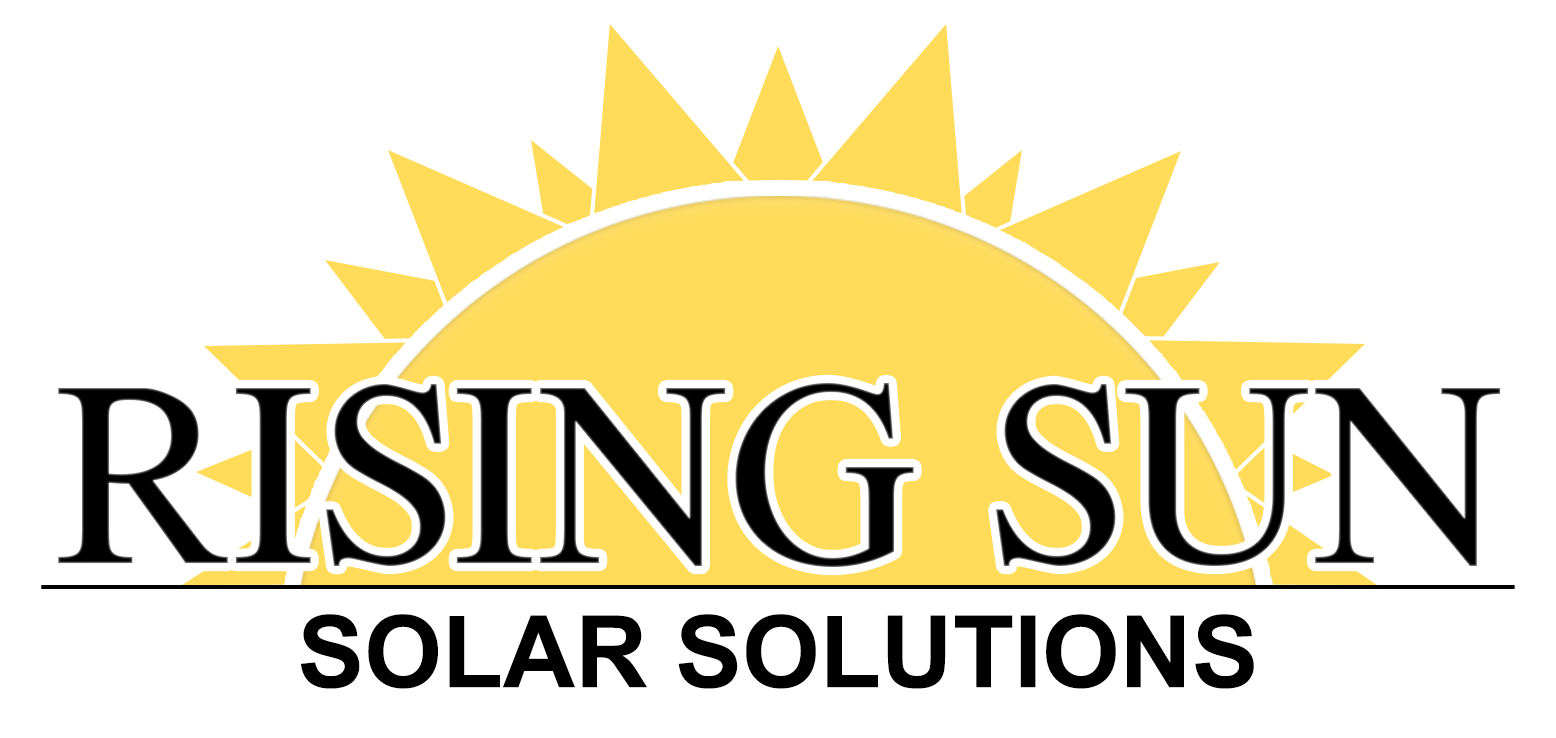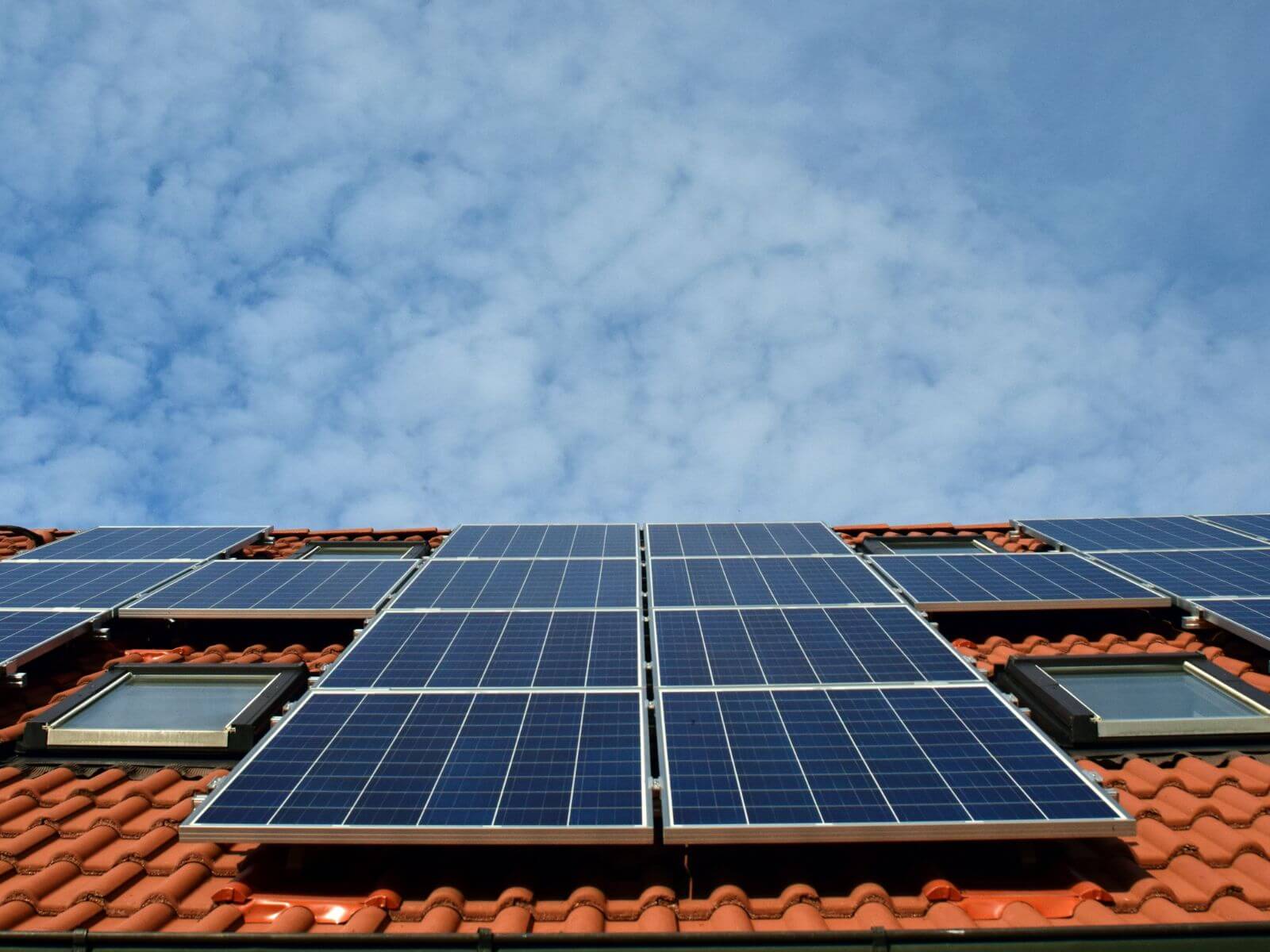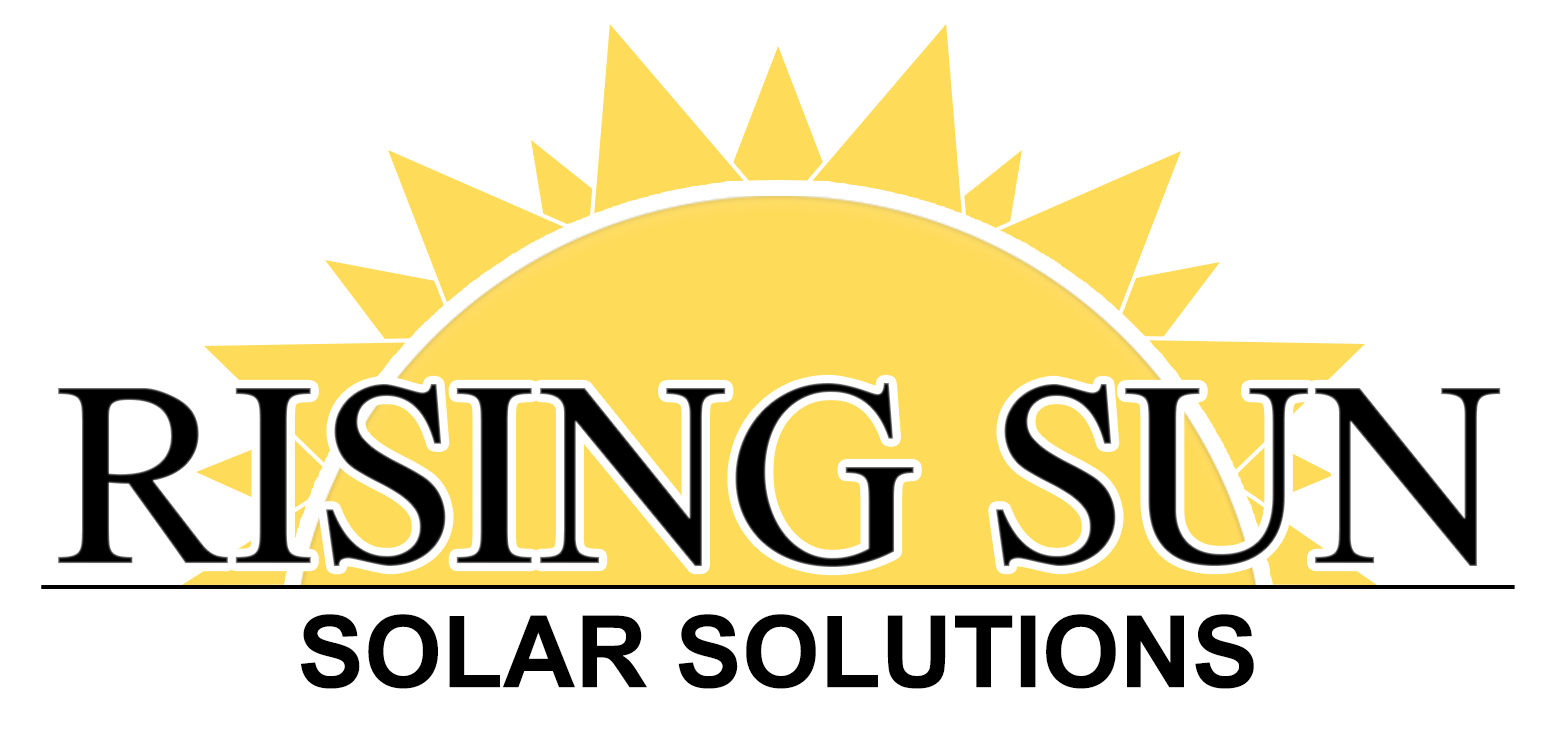While most solar panels generate an average of 1.5 kilowatt-hours (kWh), their ultimate efficiency depends largely on your solar panel design layout.
Throwing some solar panels on your roof isn’t as DIY as it may sound.
It takes careful planning and a lot of calculations to not only install the right amount of solar panels but also to get the solar panel design layout perfect. This is the only way to soak up as much sun as feasibly possible.
Luckily, when you hire the right solar energy contractor, this work is done for you. All you need to do is understand the reasons behind the design to see that you are getting the most power from your purchase.
Use this guide to optimize your solar panel layout for maximum efficiency and savings that ensures the design and install your solar panel system are done right.
The Importance of Solar Panel Design Layout
A well-designed layout takes into account various factors that can affect the performance of your solar panel system. By optimizing the positioning of your panels, you can ensure that they get all the available sunlight throughout the day, leading to increased solar panel energy output.
Roof Shape and Size on Solar Panel Layout
The shape and size of your roof can have a significant impact on the design and layout of your solar panel system. Different roof shapes and sizes present unique challenges and considerations that should be taken into account when planning your layout.
If you have a flat roof, you have more flexibility in terms of panel placement. Flat roofs allow for easy installation of racks and mounting systems, and you can arrange the panels in a way that maximizes sunlight exposure.
On the other hand, if you have a pitched roof, you may face some design constraints. The angle and orientation of the roof may limit the placement and tilt angle of the panels. However, with proper planning and design, you can still achieve an efficient layout.
The size of your roof will also determine the number of panels you can install. Assessment of the available space will make sure it’s sufficient to accommodate the desired number of panels without compromising their performance.
Solar Panel Orientation
The orientation of solar panels relative to the sun is crucial for maximizing energy captured throughout the day.
In the northern hemisphere, panels are typically tilted towards the south to the most sunlight exposure. This orientation ensures that panels receive direct sunlight for the longest duration, optimizing energy production.
Professional installers at Rising Sun Solar Solutions, access your property and roof to determine that the best solar panel direction is implemented into the design.
Tilt Angle
The tilt angle of solar panels influences the amount of sunlight they receive and directly impacts energy production. A solar panel optimal angle varies depending on factors such as geographic location, season, and intended energy output.
For fixed-tilt systems, the tilt angle is often set based on the latitude of the installation site to capture the most sunlight throughout the year. However, adjustable tilt systems allow for optimization based on seasonal changes, ensuring maximum efficiency during different times of the year.
Row Spacing and Panel Tilting
In large-scale solar installations, row spacing and panel tilting are carefully considered to minimize shading and maximize energy yield.
By spacing rows of panels apart and tilting them slightly, solar arrays can reduce the effects of shading from neighboring panels, structures, or vegetation. This helps each panel receive unobstructed sunlight, improving energy absorption across the entire array.
Installers use advanced modeling and simulation tools are often used to determine the ideal spacing and tilting angles for specific site conditions.
Tracking Systems
Solar tracking systems offer a dynamic solution to optimize energy capturing. For instance, by adjusting the orientation of solar panels throughout the day to track the sun’s movement.
Single-axis trackers follow the sun’s east-west trajectory, while dual-axis trackers also adjust for changes in solar elevation. By continuously aligning panels with the sun’s position, tracking systems can significantly increase energy output compared to fixed-tilt systems.
While more complex and costly to install, tracking systems offer higher efficiency and greater energy yield, particularly in regions with high solar irradiance.
Panel Configuration
The configuration of solar panels within an array also influences efficiency. Depending on site constraints and design goals, panels can be arranged in various configurations, including portrait or landscape orientation.
Additionally, the use of different panel layouts, such as string or central inverters, can impact overall system performance and reliability.
Designing the layout to minimize wiring losses, shading, and inter-row spacing is essential for increasing energy production and getting a higher return on investment.
Panel Site Location and Shade Analysis
Panel site location and shade analysis are fundamental aspects of solar panel design layout. This is especially true in urban and densely populated areas where shading from buildings, trees, and other obstructions can greatly impact sunlight strength.
Having an expert from Rising Sun conduct a thorough site assessment helps identify potential shading sources. We can then determine the optimal placement of solar panels to reduce long durations of shade throughout the day.
Other Factors to Consider When Designing a Solar Panel Layout
Designing an effective solar panel layout involves considering various factors that can impact energy production and savings. Here are some key factors to keep in mind when having your layout designed:
1. Location and Climate: The location of your property plays a vital role in determining the solar potential. Factors such as average sunlight hours, climate, and the presence of shading should be considered when designing your layout.
2. Available Roof Space: The available roof space will dictate the number of panels you can install. Assess the size and shape of your roof to determine the optimal placement of your panels.
3. Energy Consumption: Understanding your energy consumption patterns is essential for designing a layout that meets your needs. Analyze your historical energy bills to identify peak usage times and design your system accordingly.
4. Budget: Your budget will influence the size and complexity of your solar panel system. Consider the cost of panels, installation, and other associated expenses like solar battery storage options when designing your layout.
5. Local Regulations and Permits: It is crucial to comply with local regulations and obtain the necessary permits before installing your solar panel system. Familiarize yourself with the requirements and design your layout accordingly.
At Rising Sun Solar Solutions, we help you with the considerations above so that you don’t have to worry about getting the most cost-effective and energy-efficient solar panels for your home.
Solar Panel Designed With Your Home in Mind
Solar panel design is as unique as your home and that is why the layout needs to accommodate its particular style, location, and structure.
Doing this by yourself would be like building your house with your own two hands—not something most people can and want to do.
Let the professionals at Rising Sun do the designing and installing for you so that you can sit back and relax while knowing the job is done with energy efficiency and money saving in mind.
Start by contacting us for a free estimate and site evaluation today.


